When it comes to arm training, few exercises are as iconic as the barbell curls. Whether you’re a beginner stepping into the gym for the first time or an experienced lifter chasing peak bicep development, this exercise remains a staple. Known for its simplicity yet incredible effectiveness, the barbell curl has stood the test of time as one of the best ways to build strength, size, and definition in the arms.
In this article, we’ll break down what barbell curls are, the benefits they provide, how to perform them correctly, common mistakes to avoid, variations you can try, and answer some frequently asked questions.
What Are Barbell Curls?
Barbell curls are a resistance-training exercise that primarily target the biceps brachii—the muscle group located on the front of the upper arm. The movement involves holding a barbell with both hands in an underhand (supinated) grip and curling it upward by flexing the elbows. Unlike dumbbell curls, which isolate each arm, the barbell curl works both arms simultaneously and allows you to lift heavier weights.
Benefits of Barbell Curls
- Bigger and Stronger Biceps
Barbell curls create significant tension in the biceps, helping stimulate muscle growth and strength development. - Progressive Overload Friendly
Since you can load more weight on a barbell compared to dumbbells, barbell curls are great for progressive overload—the key to building muscle. - Improved Grip Strength
Holding the barbell enhances forearm and grip strength, which carries over into other lifts like deadlifts and rows. - Simplicity and Accessibility
All you need is a barbell and some plates. No fancy machines required. - Balanced Development
Because both arms work together, barbell curls can help avoid major strength imbalances.
How to Perform Barbell Curls Correctly
- Starting Position
- Stand with feet shoulder-width apart.
- Hold a barbell with an underhand grip, hands about shoulder-width apart.
- Keep your arms fully extended and barbell resting against your thighs.
- The Curl
- Keep your elbows tucked close to your torso.
- Slowly curl the bar upward toward your chest by contracting your biceps.
- Avoid swinging or using momentum—control the weight throughout.
- Top Position
- Squeeze your biceps hard at the top of the lift.
- Don’t let your elbows move forward excessively.
- The Descent
- Lower the bar back down in a slow, controlled motion.
- Fully extend your arms without locking out your elbows.
- Repetition Range
- Beginners: 3 sets of 10–12 reps.
- Intermediate to advanced: 3–5 sets of 6–10 reps with progressively heavier weights.
Common Mistakes to Avoid
- Using Too Much Weight: Swinging the bar or leaning back puts stress on your lower back and reduces bicep activation.
- Half Reps: Only moving halfway through the range of motion cheats your muscles of full development.
- Flaring Elbows: Keep elbows fixed at your sides to isolate the biceps properly.
- Rushing the Eccentric Phase: Lowering the bar too quickly misses out on valuable muscle-building tension.
- Poor Grip Width: Too wide or too narrow a grip can place stress on your wrists and limit gains.
Variations of Barbell Curls
- EZ Bar Curl
Uses a cambered bar to reduce wrist strain. Great for people with wrist or forearm discomfort. - Close-Grip Curl
Places more emphasis on the outer head of the biceps. - Wide-Grip Curl
Targets the inner portion of the biceps for fuller development. - Reverse Curl
Performed with an overhand grip, this works both the biceps and forearms. - 21s Method
A high-intensity technique involving partial reps (lower, upper, and full range) for insane pump and growth.
Training Tips for Maximum Results
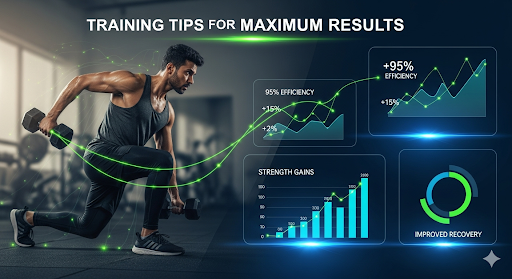
- Train biceps 2 times per week for optimal growth.
- Pair barbell curls with compound pulling exercises like pull-ups and rows.
- Ensure proper nutrition and recovery—muscles grow outside the gym.
- Incorporate progressive overload by gradually increasing weight, reps, or sets.
FAQs About Barbell Curls
Q1: Are barbell curls better than dumbbell curls?
Both are effective. Barbell curls allow you to lift heavier and promote overall arm size, while dumbbell curls help with symmetry and isolating each arm. The best approach is to include both.
Q2: How much weight should I start with?
Beginners should start light—something they can comfortably perform 10–12 reps with proper form. Gradually increase as strength improves.
Q3: Should I lock my elbows at the bottom?
No. Keep a slight bend at the elbows to maintain constant tension on the biceps and protect the joints.
Q4: Can barbell curls cause wrist pain?
Yes, some lifters feel strain. Switching to an EZ bar, adjusting grip width, or strengthening forearms can help alleviate discomfort.
Q5: How often should I do barbell curls?
1–2 times per week is sufficient for most. Overtraining can limit progress and increase injury risk.
Q6: Do barbell curls work forearms too?
Yes, while primarily a bicep exercise, barbell curls also recruit the brachialis and forearm muscles as stabilizers.
Q7: Are cheat curls effective?
When done strategically, cheat curls (slight swing to lift heavier weight) can overload the muscles. But beginners should focus on strict form first.
Final Thoughts
Barbell curls aren’t just about vanity—they’re about building strength, muscle, and confidence. When performed with proper technique, this timeless movement can help you develop impressive biceps while improving grip strength and overall arm performance. Combine barbell curls with other bicep and back exercises, stay consistent, and you’ll see results that stand out both inside and outside the gym.

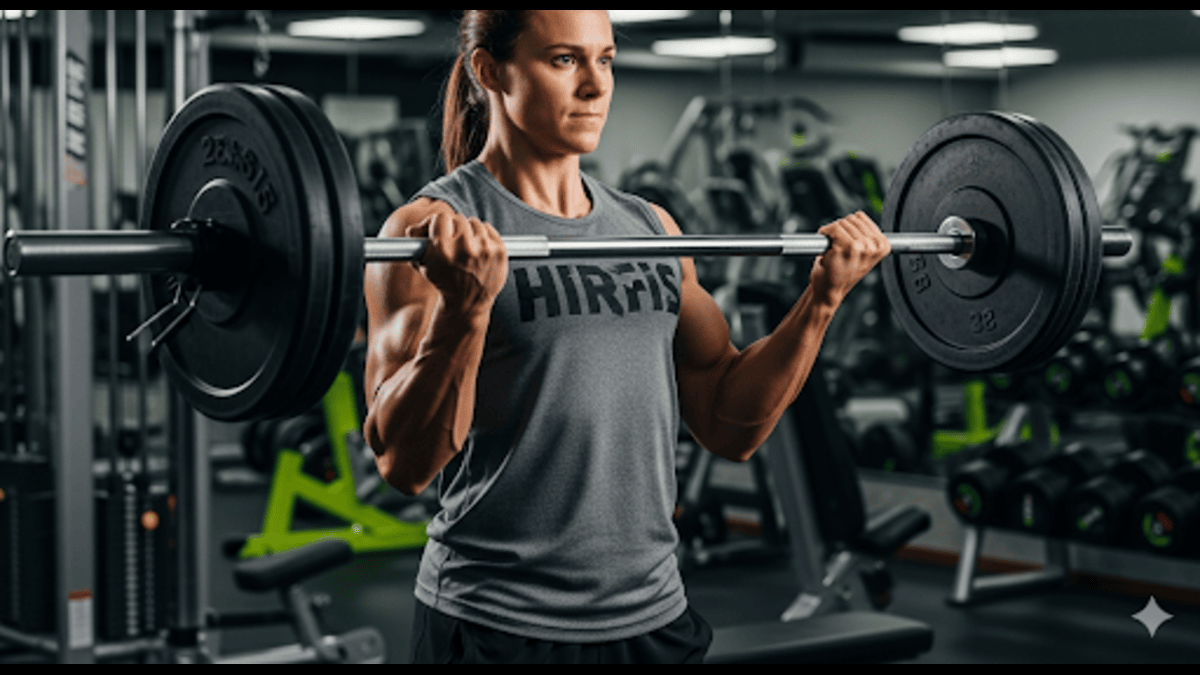
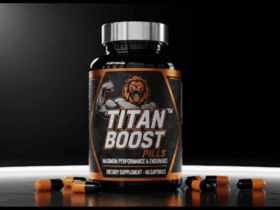

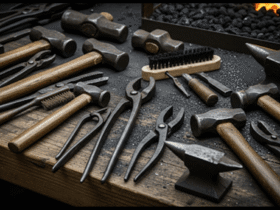



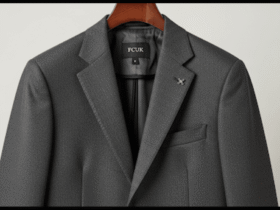





Got a Questions?
Find us on Socials or Contact us and we’ll get back to you as soon as possible.